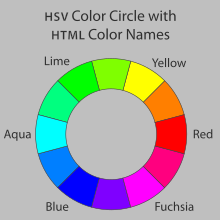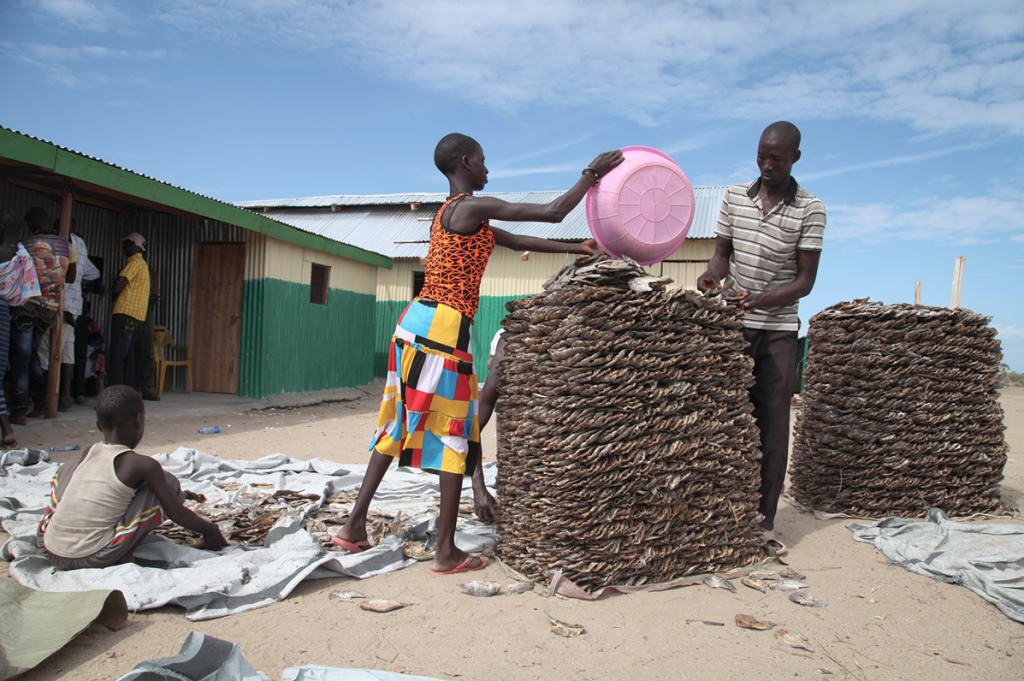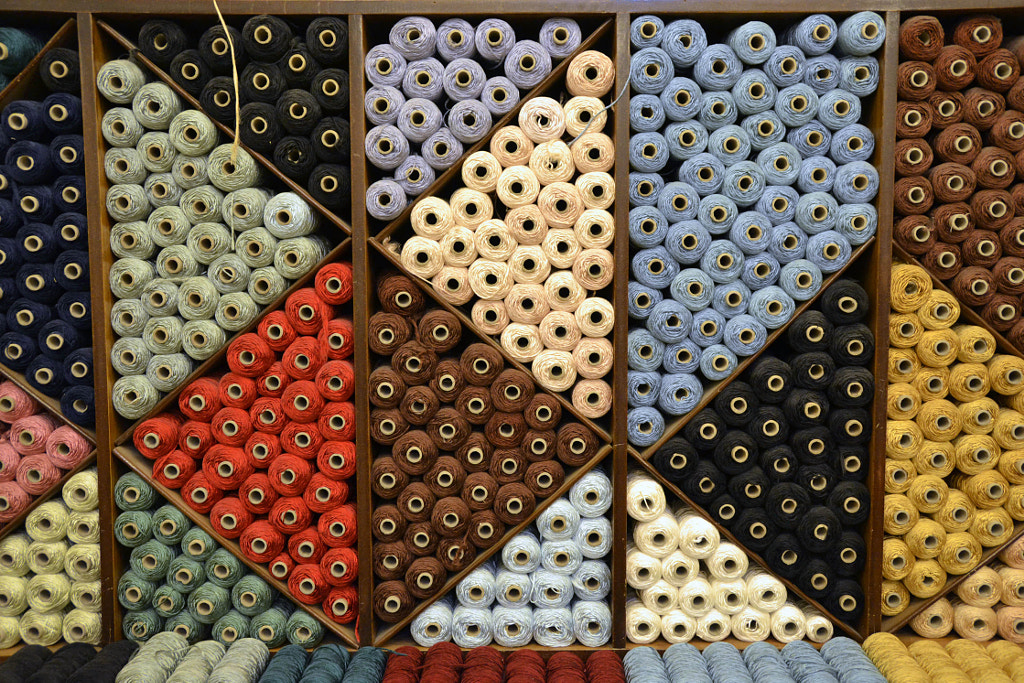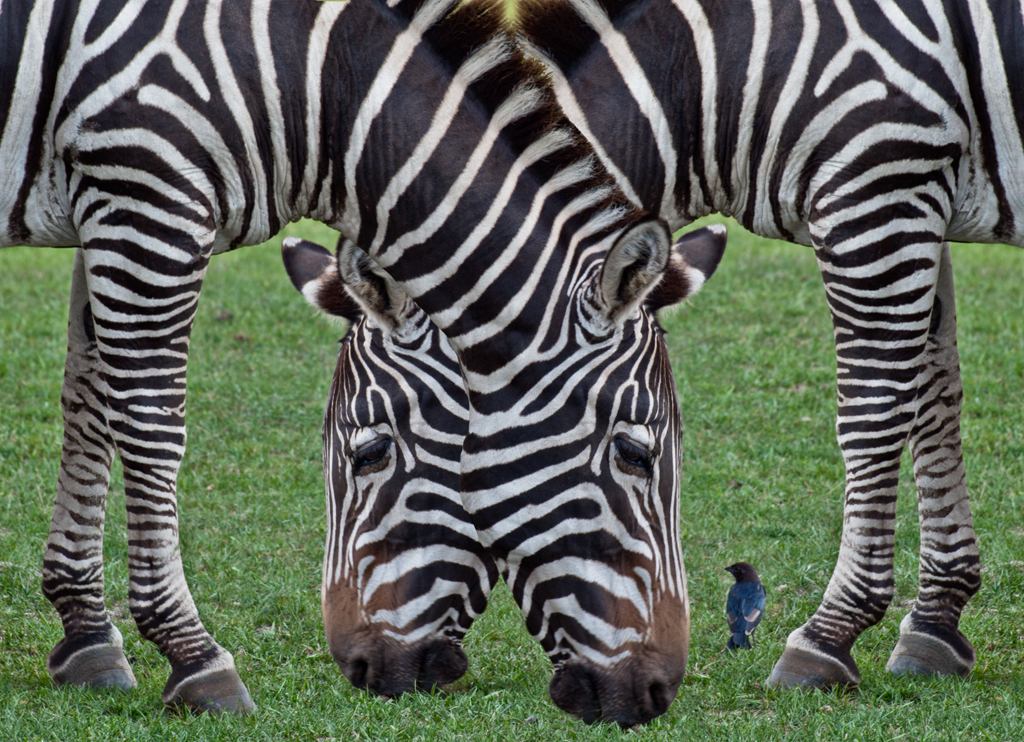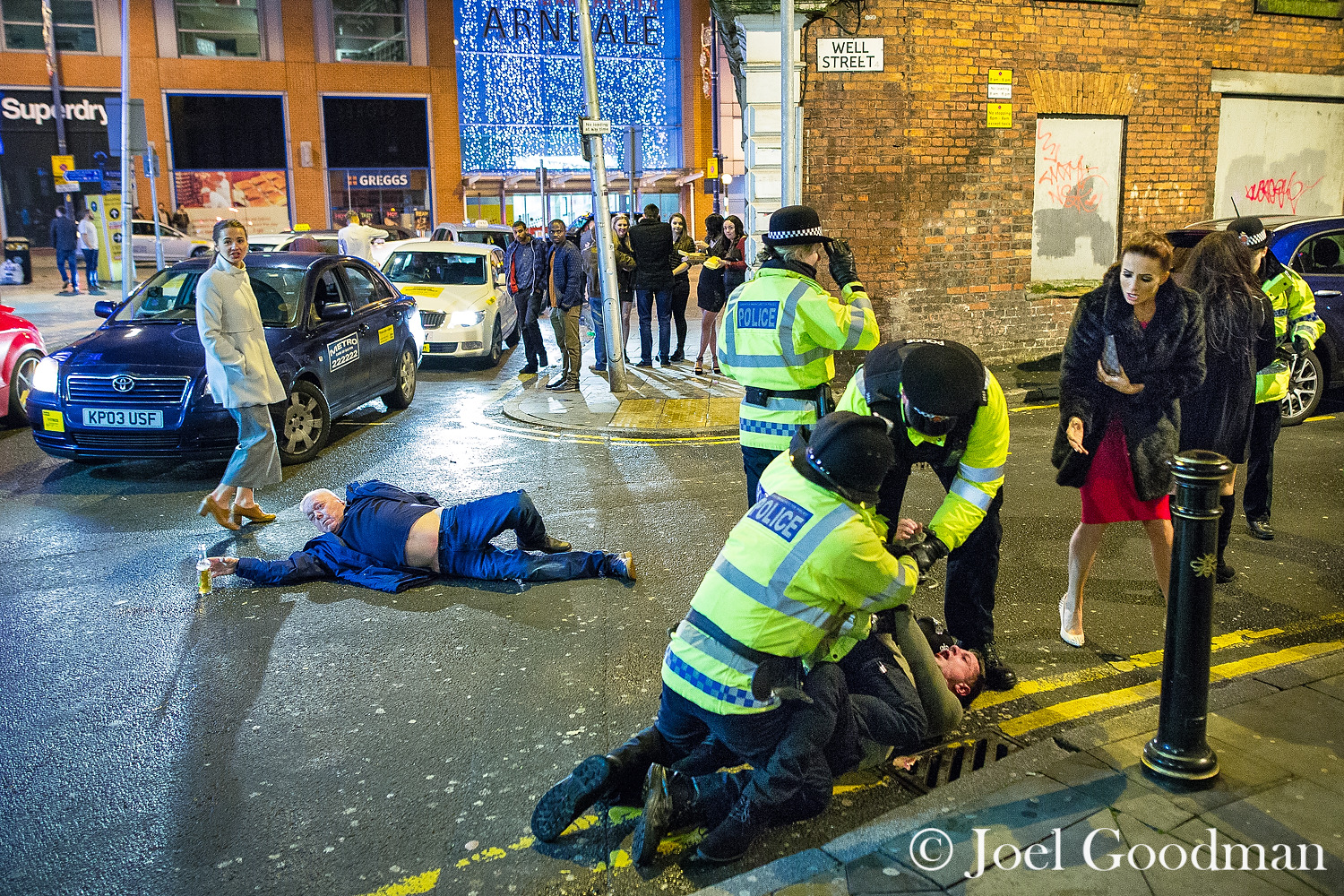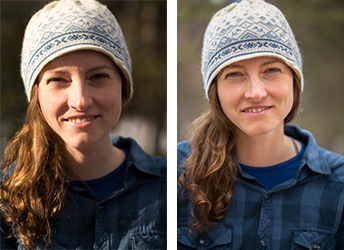Reminders and Upcoming Dates
Scripts for your radio stories will be due on Monday, Oct. 25. On that day, everyone will sign up for an individual editing session with me. You can sign up for a time slot here.
The final, edited radio project will be due on Monday, Nov. 1.
Practice Radio Assignment
There are several steps to producing a radio news story, so we’re going to do a short practice assignment to give you a feel for how it all comes together.
- RECORD your interviews and other sound.
- WRITE the script. (You can’t do this until you’ve completed the reporting, because you need to write around the scenes and sound bites you’ve gathered.)
- TRACK. Once you have finalized your script with the help of your editor (in this case, me) you can move forward with recording, or tracking your narration.
- MIX. Now that you have all the sound elements you need (sounds bites/acts, narration/track, and natural sound/ambi) you can go ahead and edit the radio story in Audacity and export the finished WAV audio file.
- PUBLISH. You’ll upload the WAV file to Soundcloud and post a link to the class blog along with a good title and your final script.
Ahead of Monday’s Zoom class, you’ll need to have completed the first three steps (of the practice assignment, not your actual radio story) and downloaded Audacity to your home computer.
Recording Exercise
Partner up with someone in the class and interview them for 3-5 minutes about a hobby or interest of theirs. This part we will do before we leave today. The other parts you can complete at home if there isn’t enough time.
Script Writing Exercise
Write a very brief practice script with only 2-3 sound bites taken from the classmate interview you did. Post your practice script to the class blog by class time on Monday.
Here’s my example script based on a very short interview I did with another professor back in the spring. Note some of the different elements of script writing:
- Visual/descriptive, paints a picture to add context to the natural sounds
- Sets up sound bites by introducing the person by their full name and often by paraphrasing or hinting at what they’re about to say.
- No long, rambling, complicated sentences.
- Ends with a final line of narration that looks to the future in some way.
HOST INTRO: With CUNY schools transitioning to online learning this week amid the coronavirus outbreak, professors across New York City are getting creative. Emily Johnson spoke to one CUNY adjunct about what it’s like trying to teach during a pandemic.
AMBI: Nat sounds of tea kettle boiling (FADE DOWN AS TRACK BEGINS)
TRACK: I’m here with Anna Ficek in her Brooklyn apartment, watching her make tea while she works from home. She’s a PhD student at the CUNY Graduate Center and when she’s not working on her dissertation she teaches art history at Baruch College and Borough of Manhattan Community College, or BMCC.
ACT: ANNA: When I found out that everything was getting shut down and especially CUNY I felt extremely sad. Because CUNY is such a big part of my life, such a great community that it was hard to feel that kind of dissipating.
TRACK: She says teaching from home has been a real challenge because of the way she runs her classes.
ACT: ANNA: It’s been very difficult to adapt to teaching remotely just because I really value the discussion I have with my students.
TRACK: Still, she’s trying to see this as an opportunity.
ACT: ANNA: What I’m hoping to get out of this is more time to really focus on what’s important both in terms of teaching and my own dissertation and my own research and trying to figure out creative problem solving ways to deal with these new issues that are going to come around like libraries being closed and inaccessibility to archives and how myself as an academic and as a researcher can get around that. So challenges, but also good challenges!
TRACK: CUNY schools will continue with distance learning for at least the remainder of the spring semester. For Baruch College, I’m Emily Johnson.
Recording Narration
Finally, record the narration you wrote in your practice script. You don’t need to submit this to me by Monday; you will use it in a sound editing/mixing exercise that day.
You’ll need to record your narration in a quiet place with sound-absorbing surfaces. Some people use their closet as a makeshift studio; others just throw a blanket over their head. If your room is carpeted, has curtains and lots of plush surfaces, the sound quality should be decent.
It’s best not to drink or eat dairy products right before recording narration; it makes your voice sound thick.
Try not to speak from high up in your throat. Speak from lower in your belly.
Good posture is important.
Some people in the radio world warm up their voices by singing, stretching, and/or doing tongue twisters.
So, to recap:
By the end of class time, you should have finished interviewing a classmate for 3-5 minutes.
And here’s what you need to have done by class time on Monday:
- Write a short practice script based on your practice interview and post it to the blog.
- Record the narration you wrote in your practice script.
- Download Audacity.




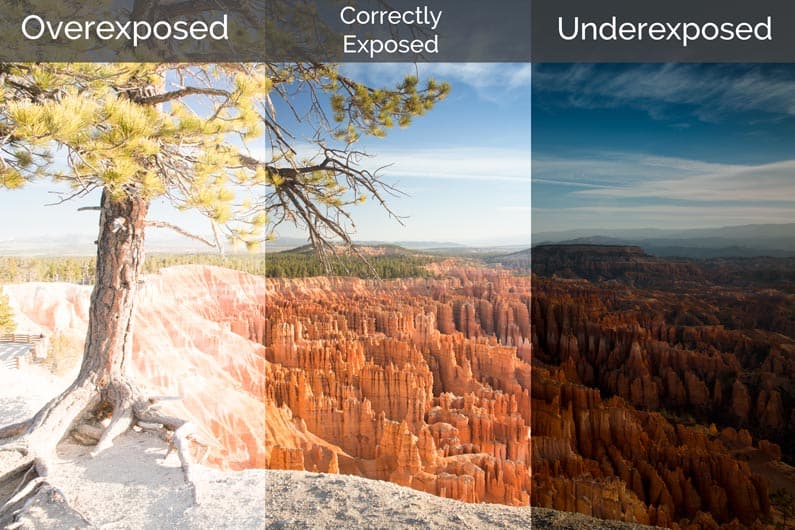
 Credit:
Credit: 










